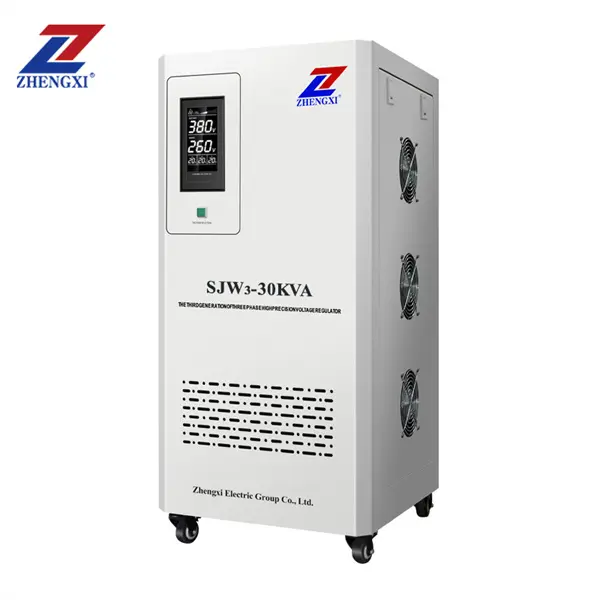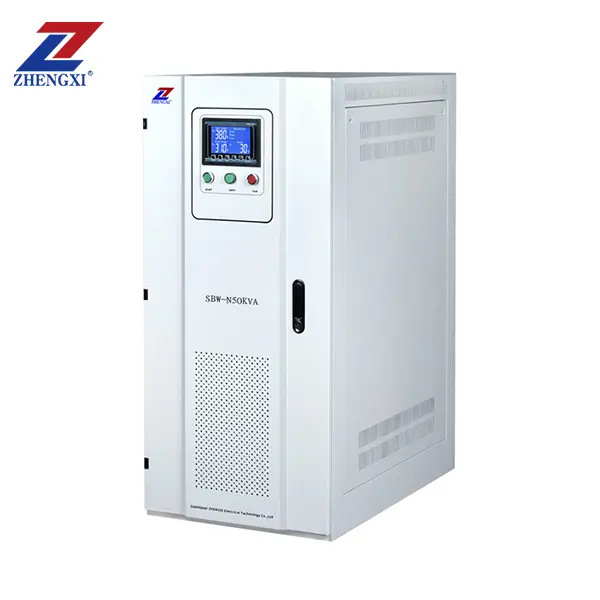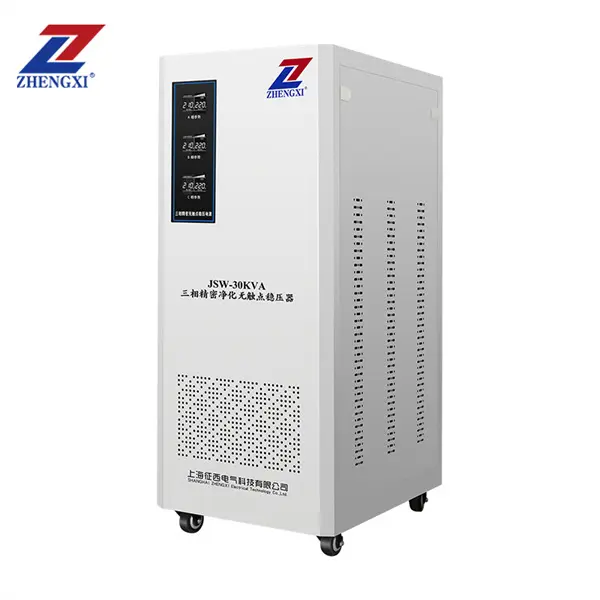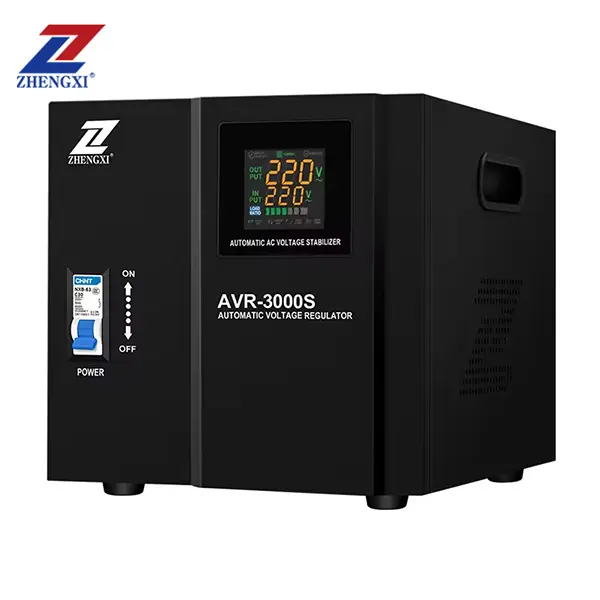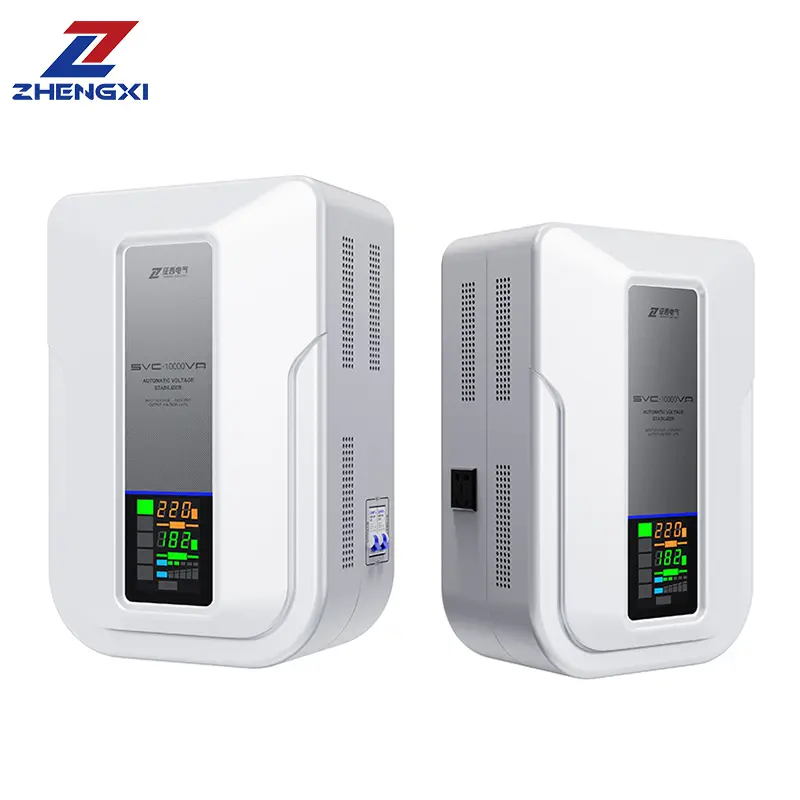When working with welding machines—especially inverter-based models—power stability is not a luxury, it’s a necessity. Voltage fluctuations are common in many workshops and industrial environments, and they can significantly impact weld quality, equipment lifespan, and operator safety. This is where an Auto Voltage Stabilizer becomes an essential tool in your welding setup. Whether you’re running a compact MIG welder or a high-power TIG system, a properly rated Voltage Stabilizer for Welding Machine ensures consistent performance by regulating incoming voltage in real time. In this guide, we’ll explore why stabilizers are crucial, how they work, how to choose the right one, and the benefits they offer.
1. Why Welding Machines Need Voltage Stabilizer
Welding relies on precise control of current and voltage. Yet industrial and workshop power feeds often suffer from surges, sags, brownouts, and spikes. These fluctuations can degrade weld quality and damage sensitive inverter electronics.
- Arc Stability & Weld Quality: Unstable input voltage causes the welding arc to flicker, resulting in inconsistent penetration, excessive spatter, uneven bead appearance, and weak, porous welds. Maintaining constant arc voltage is key to clean, strong joints.
- Equipment Protection & Longevity: Modern inverter welders house delicate components—IGBTs, control boards, transistors—that are vulnerable to voltage spikes. Brownouts and sags place extra stress on power modules, accelerating wear. A stabilizer is a small investment compared to the cost of repairing or replacing your welder.
- Consistent Performance: Low voltage forces welders to draw extra current to maintain output, increasing energy consumption. High voltage can trigger internal protection circuits, causing unexpected shutdowns. A stabilizer smooths out these variations for uninterrupted operation.
Pro Tip: In facilities with highly erratic power, opt for an electronic (static) stabilizer with millisecond‑level response to handle rapid voltage swings.
2. How a Voltage Stabilizer for Welding Machine Works
A voltage stabilizer—also called an Automatic Voltage Regulator (AVR)—sits between your power source and welding machine:
- Sensing: Continuously measures incoming AC voltage (e.g., single‑phase 220 V/230 V or three‑phase 380 V/415 V).
- Comparison: Compares measured voltage against a preset reference (desired output, such as 220 V or 400 V).
- Correction: If input deviates above (surge) or below (sag) the reference, the stabilizer’s correction mechanism engages to adjust the voltage.
- Regulation: Delivers a stable, corrected voltage to your welding machine.
Correction Mechanisms
- Servo Motor Type AVR: Uses a motor‑driven variable transformer. Response time typically 50–200 ms. Suited to large kVA loads and harsh industrial environments.
- Static/Electronic Type AVR: Employs fast‑switching relays or solid‑state devices. Response within <10 ms. High efficiency, silent operation, ideal for sensitive inverter welders.
- Ferroresonant (CVT) Type AVR: Relies on magnetic saturation for natural surge suppression. Extremely reliable but bulkier and less energy‑efficient. Best for mission‑critical applications requiring maximum protection.
3. Choosing the Right Voltage Stabilizer: Key Factors
- kVA Rating:
- Select a stabilizer with rated capacity ≥ your welder’s input kVA.
- For safety margin, choose 1.5× the welder’s kVA to accommodate startup surges (e.g., a 5 kVA welder → 7.5 kVA stabilizer).
- Phase Configuration:
- Single‑phase stabilizer for small MIG/TIG welders.
- Three‑phase stabilizer for high‑power industrial welders.
- Input Voltage Range:
- Determine local grid fluctuations (e.g., 130–290 V for 230 V output; 320–480 V for three‑phase).
- Wider ranges offer greater protection against extreme sags and surges.
- Output Accuracy:
- Look for regulation tolerance of ±1% to ±3%.
- ±1% precision ideal for critical welding tasks.
- Response Time:
- Electronic types (<10 ms) vs. servo types (50–200 ms).
- Faster correction guards against rapid voltage changes.
- Built‑in Protections:
- Surge/spike suppression (MOVs).
- Overload and short‑circuit protection.
- Over‑/under‑voltage cut‑off.
- Efficiency:
- ≥ 95% efficiency reduces heat and energy losses.
- Static stabilizers generally more efficient than ferroresonant models.
- Environmental Rating:
- IP ratings (e.g., IP21 for indoor, IP54 for dusty or damp areas).
- Operating temperature range (–10 °C to +50 °C).
- Brand & Warranty:
- Choose manufacturers with CE, ISO9001 certifications.
- Aim for at least a 1‑year warranty and strong service network.
4. Benefits of Using a Welding Machine Voltage Stabilizer
- Superior Weld Quality: Stable output prevents arc flicker, yielding smooth beads and strong joints—reducing scrap and rework.
- Extended Equipment Life: Shields sensitive electronics from harmful voltage events, cutting repair costs and downtime.
- Higher Productivity: Eliminates unexpected trips and alarms, keeping operators focused on welding.
- Energy Savings: Prevents excessive current draw during low‑voltage conditions, lowering electricity bills.
- Cost Protection: Built‑in surge suppression guards against damaging transients from nearby machinery or lightning.
- Peace of Mind: With reliable power, you can tackle complex or high‑value projects confidently.
5. Installation & Maintenance Best Practices
- Proper Installation:
- Wire main supply to stabilizer input; connect output to the welder.
- Ensure solid grounding/earthing.
- Maintain ≥ 20 cm clearance for ventilation.
- Ideal Placement:
- Cool, dry, low‑dust environment.
- Avoid direct exposure to water or excessive vibration.
- Wall‑mount for servo models to save floor space.
- Routine Maintenance:
- Inspect and clean ventilation vents regularly (power off).
- Check wiring terminals for tightness.
- For servo stabilizers: service motor brushes annually per manual.
- Listen for unusual noises—grinding or clicking—indicating wear.
Conclusion
A high‑quality voltage stabilizer for welding machine is not a luxury—it’s essential for any operation demanding consistent weld integrity, uninterrupted production, and long‑term equipment reliability. By selecting the right capacity, phase type, and features, and following proper installation and upkeep, you’ll protect your welding investment, maximize productivity, and achieve superior welding results day in, day out.

